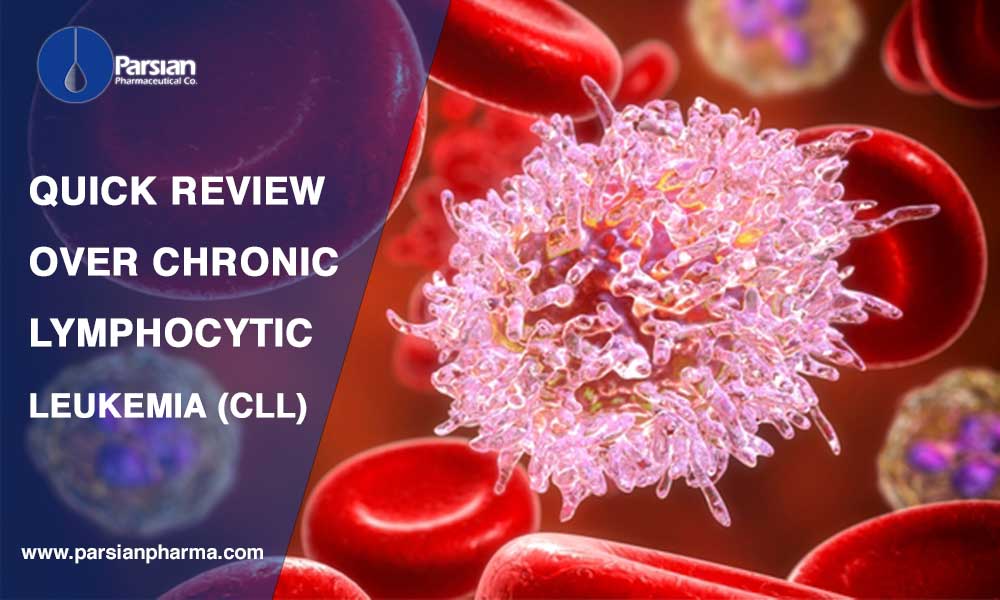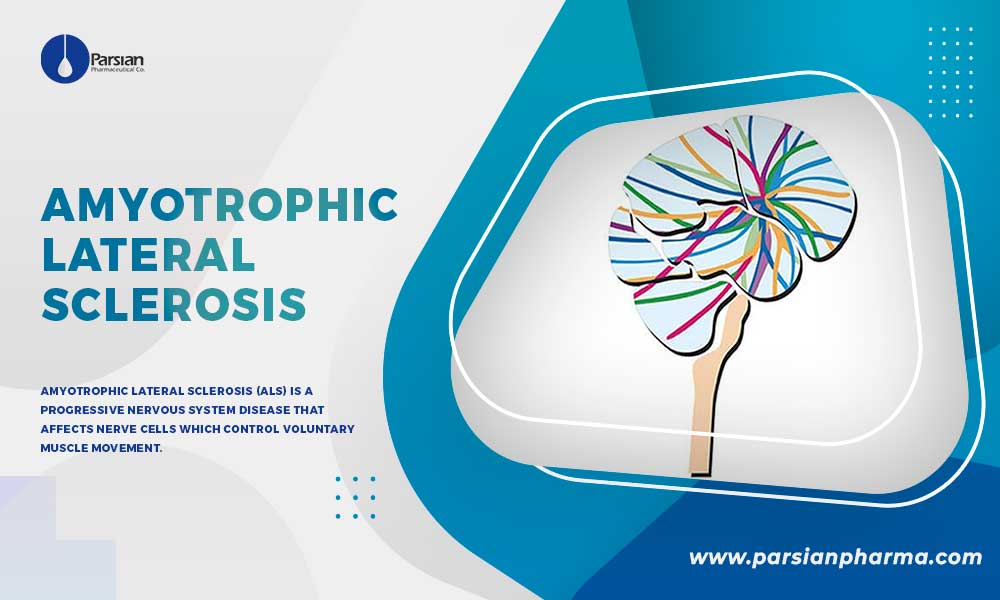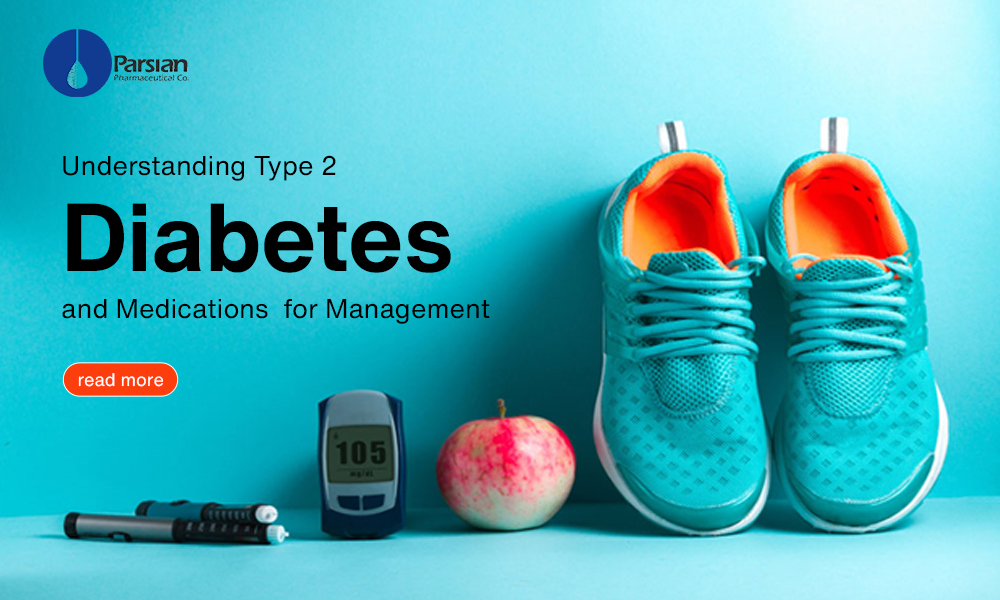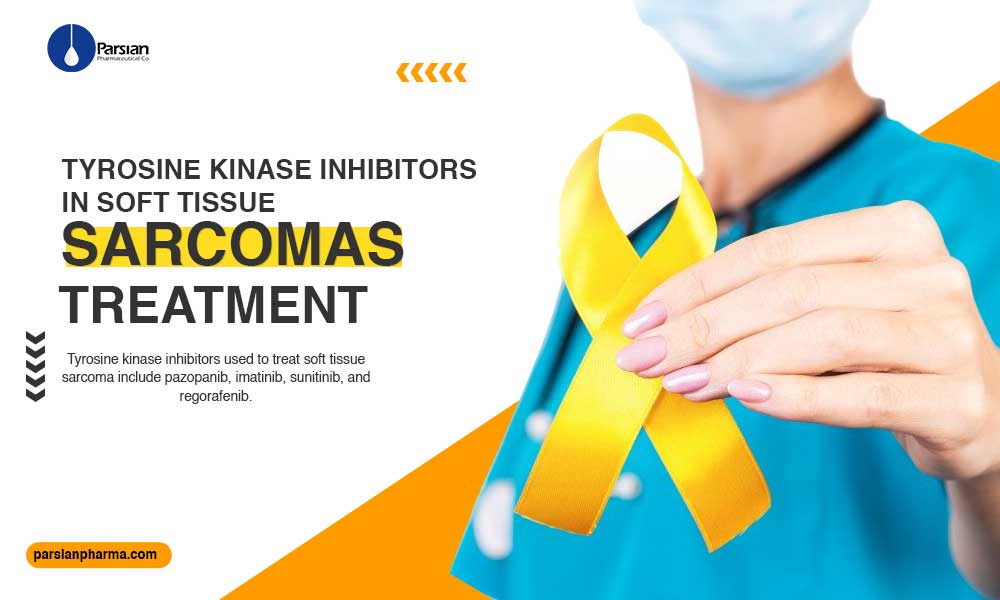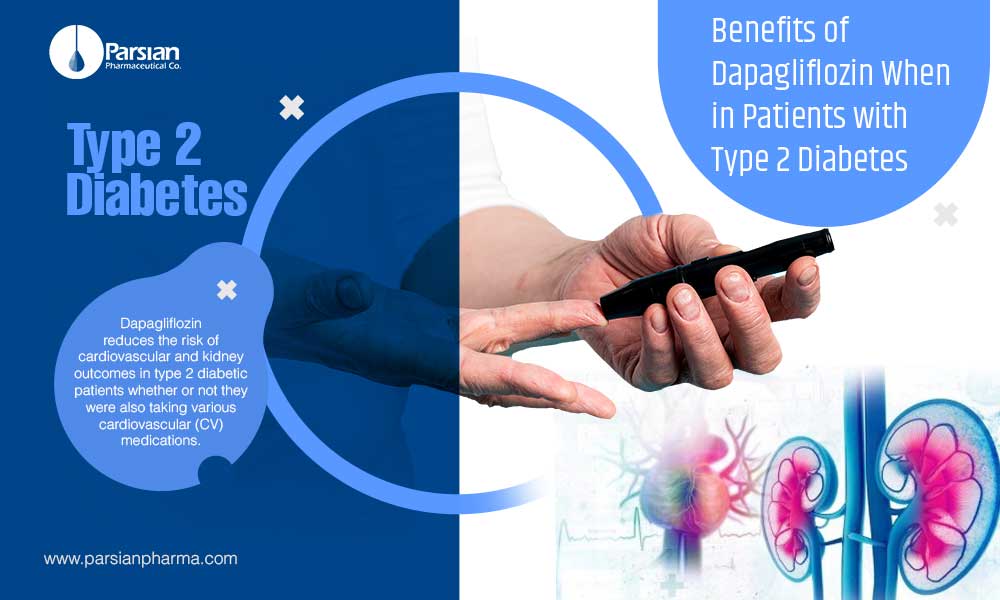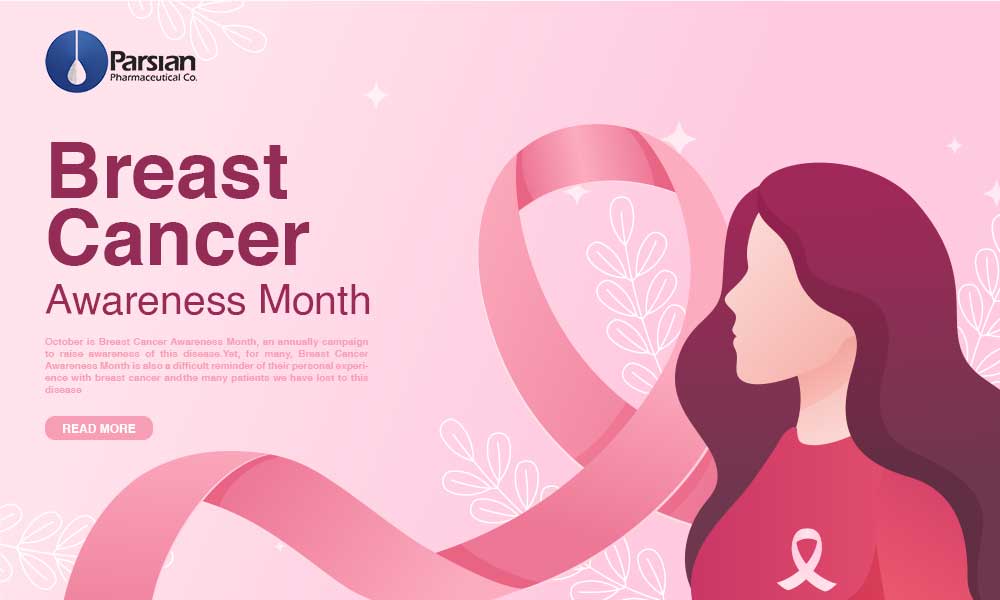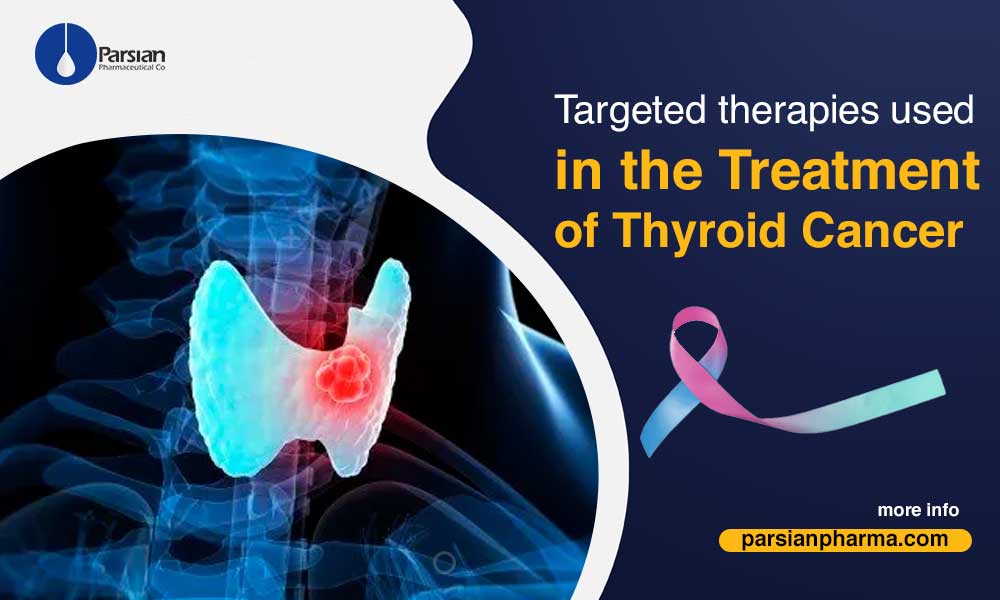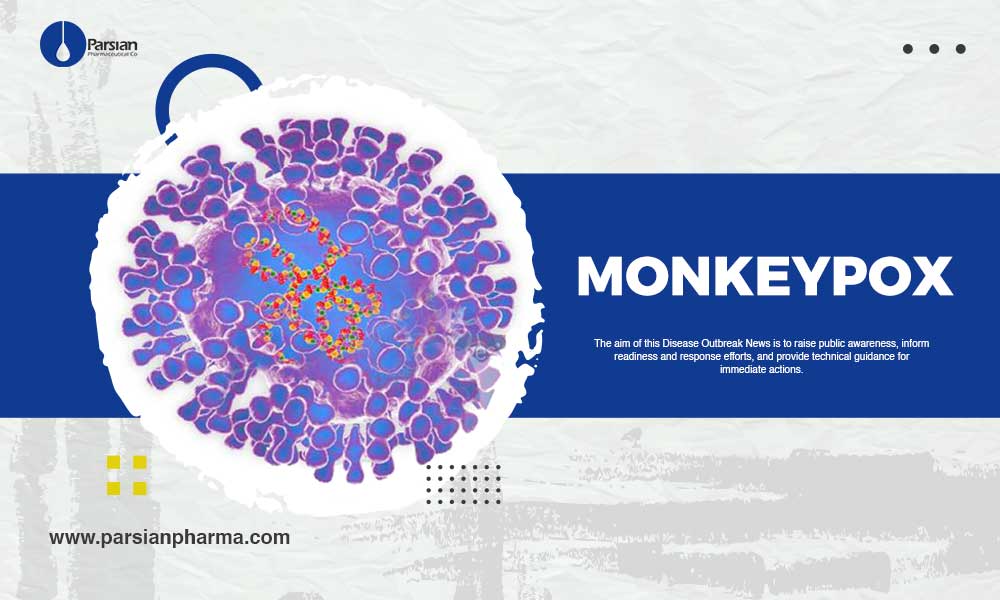Quick review over chronic lymphocytic leukemia (CLL)
Chronic lymphocytic leukemia which is also called CLL is a cancer of the blood and bone marrow which usually is worsen slowly; many patients don’t have any symptoms for at least the first few years, but over time, the cancer grows and spreads to other parts of the body, including the liver, spleen, and lymph nodes. Chronic lymphocytic leukemia (CLL) is one of the most common types of leukemia in adults, it is more common in older people; it rarely occurs in children. In chronic lymphocytic leukemia, there are too many abnormal lymphocytes; the abnormal lymphocytes are also called leukemia cells. These abnormal cells can’t work properly and as the number of these leukemia cells increases, there is less room for other healthy blood cells, this leads to anemia, easy bleeding, and infection.
The outlook for CLL depends on how old patient is when it is diagnosed, how advanced it is when it is diagnosed, and patient’s general health. The 5-year survival rate for CLL is about 87.2%. Patients who are Younger and healthier and be diagnosed in the early stages, have the best outlook. Although CLL can’t be cured, treatment can help the condition for many years. According to an estimation from the United States in 2021, the new cases from CLL are about 21,250 cases and deaths are about 4,320.
Stage Information of Chronic Lymphocytic Leukemia (CLL)
After diagnosing of chronic lymphocytic leukemia, some tests should be done to find out whether the cancer has spread. In order to plan the best treatment, it is important to know whether the leukemia cells have spread. There are 2 staging systems for Chronic Lymphocytic Leukemia (CLL):
- Binet staging system
- Rai staging system
By Rai staging system, there are 5 following stages used for CLL:
Stage 0: In this stage, there are too many lymphocytes in the blood, but there are no other signs or symptoms of leukemia. Stage 0 of CLL is indolent and slow-growing.
Stage I: In this stage, there are too many lymphocytes in the blood; the lymph nodes are larger than normal.
Stage II: In this stage, there are too many lymphocytes in the blood; the spleen and liver are larger than normal, and the lymph nodes may be larger than normal.
Stage III: In this stage, there are too many lymphocytes throughout the blood vessels and there are too few red blood cells (RBCs). The spleen, liver, and lymph nodes may be larger than normal.
Stage IV: In this stage, there are too many lymphocytes throughout the blood vessels and too few platelets. The spleen, liver, and lymph nodes may be larger than normal or there may be too few red blood cells.
By Binet staging system, there are 3 following stages used for CLL:
Stage A: Patient has fewer than 3 groups of enlarged lymph nodes; the only symptom that patient may have is enlarged lymph nodes.
Stage B: Patient has 3 or more groups of enlarged lymph nodes; patient may feel tired, or may have no symptoms.
Stage C: Patient has a low number of red blood cells or platelets; Patient has low levels of red blood cells and feel tired; and might have signs of abnormal blood clotting, such as bruising, heavy periods, or nosebleeds. Patient may get repeated infections. And also lose weight and have night sweats.
Treatment options for chronic lymphocytic leukemia (CLL)
Because usually CLL get progressed slowly and mostly there is no symptom at first, patients may not need to be treated straight away. If the patients are diagnosed at early stages, they will be on regular check-ups over the following months to be or years if any changes happened or gets worse. The treatment team decides whether there is a need for starting the treatment or not based on: symptoms and stage of CLL. And the treatment options be planned based on: whether there is a change in the TP53 gene, general health and personal wishes. If a TP53 mutation acquired in CLL, indicates a high-risk disease that is usually refractory to chemotherapy. This mutation can be acquired by deletion of 17p involving the loss of TP53 gene.
The most common treatments for chronic lymphocytic (CLL) are: targeted cancer drugs and chemotherapy. Six types of treatment based on patient’s situation can be planned: watchful waiting, chemotherapy, radiation therapy, immunotherapy, chemotherapy with bone marrow or peripheral stem cell transplant.
Ibrutrinib for Chronic lymphocytic leukemia (CLL)
Unlike standard chemotherapy drugs, which work by attacking rapidly growing cells in general (including cancer cells), targeted therapies target one or more specific proteins on or in CLL cells. Targeted drugs are often part of the first line of treatment for CLL. Tyrosine kinase inhibitors (TKIs) are one of the targeted therapies. Kinases are proteins in cells that control cell’s vital function. Bruton’s tyrosine kinase (BTK) inhibitors are one of the tyrosine kinase inhibitors which can be used to treat CLL. BTK is a protein which helps some CLL cells to grow and survive. Ibrutinib is a Bruton’s tyrosine kinase (BTK) inhibitor. It can be used as a first line of treatment for CLL; it has also been shown to help when CLL is hard to treat, for instance, if CLL has come back after other treatments or if there are chromosome 17 deletions. This drug is administrated orally.
You can also find out more regard leukemia and acute lymphocytic leukemia and chronic myeloid leukemia at Parsian pharmaceutical co recent articles.
related products :
Some of the main references that Parsian Pharmaceutical Co. has observed them:

